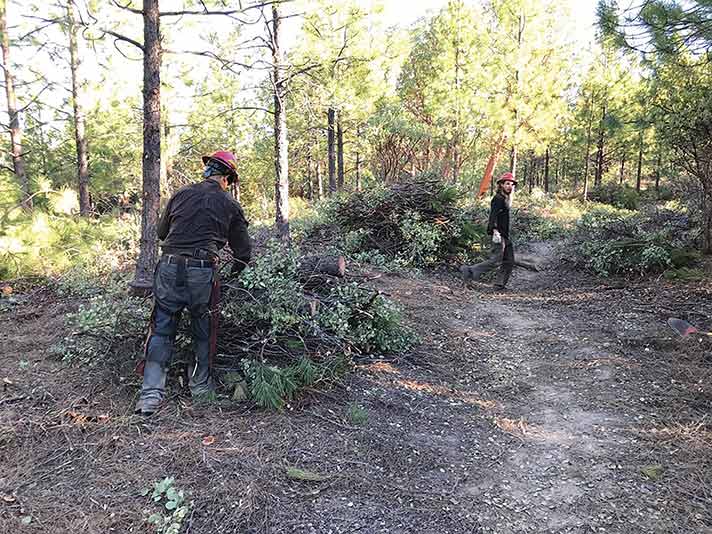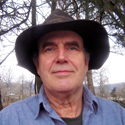Trail Talk – February 2024
THERE’S BEEN SOME CHANGES to our woodland landscapes near Jacksonville. A couple of major fuels reduction projects have rendered our nearby hillsides more open, and hopefully, less prone to catastrophic wildland fire. Too much vegetation removed? Too little? It depends on whom you ask.
Southern Oregon is a landscape shaped by fire. There’s an old proverb that tells us, “Until the lion learns to write, every story will glorify the hunter.” So how do we, as the most recent immigrants to this area, learn the story of a countryside shaped by such powerful forces? How do we tap the wisdom of what few ancient, unaltered landscapes remain? The cultural forces unleashed on our area since Peter Skene Ogden trekked over the Siskiyous two centuries ago have been writ large and celebrated from our “hunter” perspective. Even the changes to the landscape brought about nearly 20,000 years ago by the first human immigrants have left us with an inaccurate retelling of the stories that came before.
With the extinction of that metaphorical lion and its “lore and legends” we, as the current inhabitants, have a responsibility to resurrect as much of that story as possible. Ironically, with our amazing cognitive powers, we are still a reactive species. Even as the evidence of our misdeeds continues to stare us in the face, we are slow to make the changes necessary to heal the environment that we’ve overturned, to return our natural world to its equilibrium. And that brings us to where we are, trying to reduce fuel loads in our surrounding woodlands before that wildland fire does what it has periodically done for millennia, at the expense of our intrusions on the landscape.
Our Labor Day fires of 2020 showed us that we have a way to go in understanding our place in the story. Invasive Himalaya blackberries, crowded trailer parks in the overgrown floodplain, and farther north, overcut forests with their monoculture tree plantations were the fuel for conflagration. Our current drought cycle and the loss of so many conifers left standing dead adds to the crisis. Many communities in our area are fire prone, and hence our efforts to alleviate the worst of the situation.
So, we adapt. It’s a wonderful coincidence that the contracted work crews doing the thinning (Grayback Forestry, Lomakatsi, etc.) have experience controlling the very fires that they’re now working to prevent. Their understanding of the environment in which they work is exceptional, and, as boots on the ground, often supersedes the accepted wisdom of forestry sciences of generations past. As for knowledge of current Healthy Forests research, we find them holding degrees from prestigious colleges of forestry. We should be pleased to have such well-trained crews in our woodlands.
For the trails enthusiast, this means there may be some inconveniences when crews are working in the woods. Please continue respecting trail closures. The work crews and our Jacksonville Public Works Department and their enthusiastic Parks Volunteers will have them re-opened as soon as its safely possible.

 Trail Talk is a monthly column by Clayton Gillette about hiking the Jacksonville Woodlands trail system. For more information, please visit the Jacksonville Woodlands Association website at
Trail Talk is a monthly column by Clayton Gillette about hiking the Jacksonville Woodlands trail system. For more information, please visit the Jacksonville Woodlands Association website at